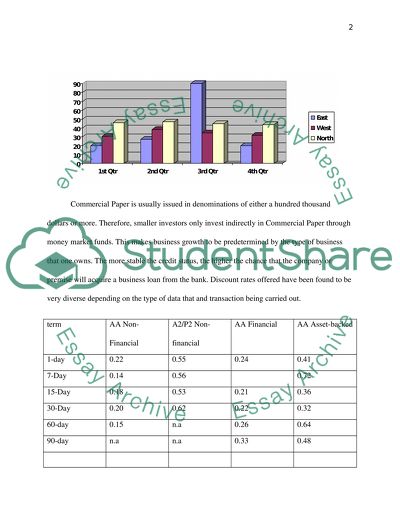Cite this document
(“Project on Commercial Paper Research Example | Topics and Well Written Essays - 2250 words”, n.d.)
Project on Commercial Paper Research Example | Topics and Well Written Essays - 2250 words. Retrieved from https://studentshare.org/miscellaneous/1555787-project-on-commercial-paper
Project on Commercial Paper Research Example | Topics and Well Written Essays - 2250 words. Retrieved from https://studentshare.org/miscellaneous/1555787-project-on-commercial-paper
(Project on Commercial Paper Research Example | Topics and Well Written Essays - 2250 Words)
Project on Commercial Paper Research Example | Topics and Well Written Essays - 2250 Words. https://studentshare.org/miscellaneous/1555787-project-on-commercial-paper.
Project on Commercial Paper Research Example | Topics and Well Written Essays - 2250 Words. https://studentshare.org/miscellaneous/1555787-project-on-commercial-paper.
“Project on Commercial Paper Research Example | Topics and Well Written Essays - 2250 Words”, n.d. https://studentshare.org/miscellaneous/1555787-project-on-commercial-paper.


